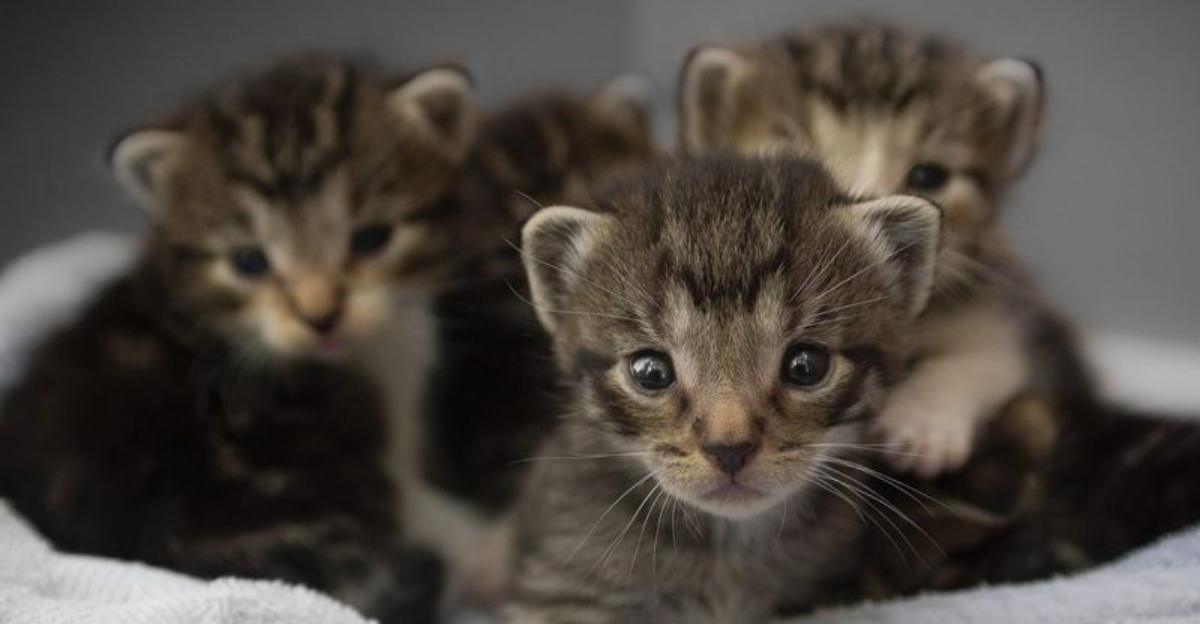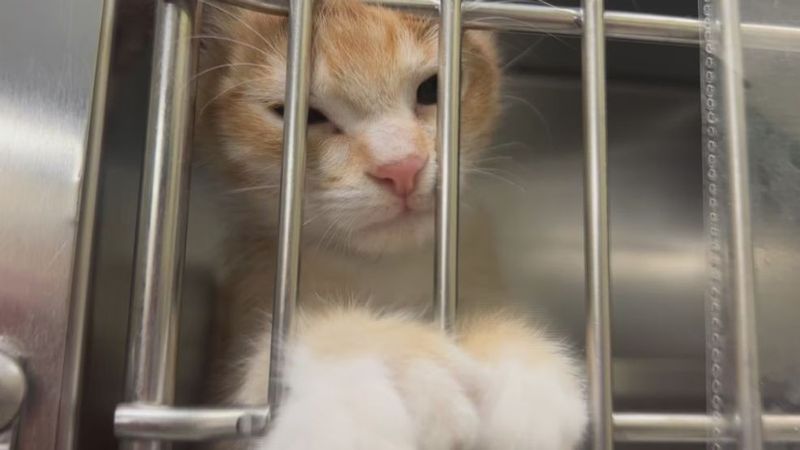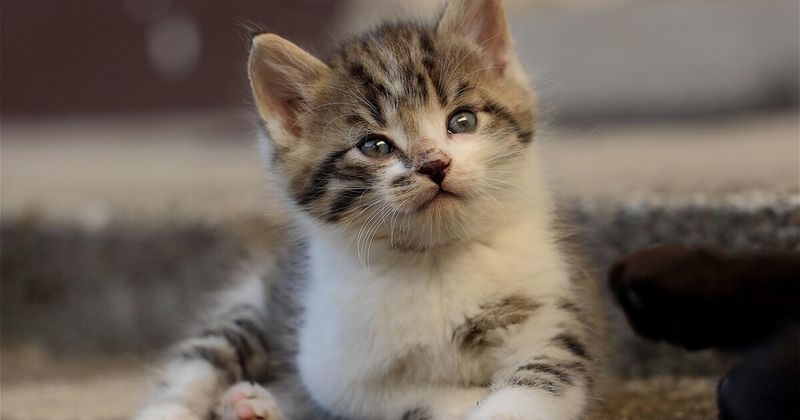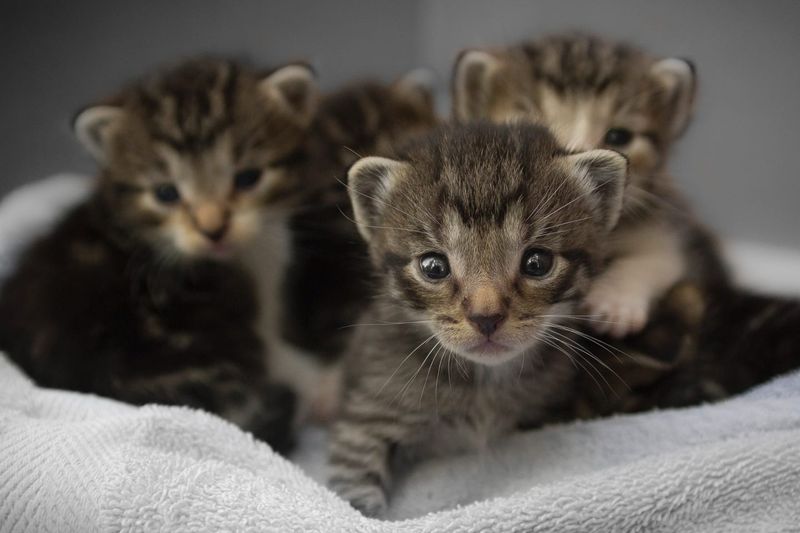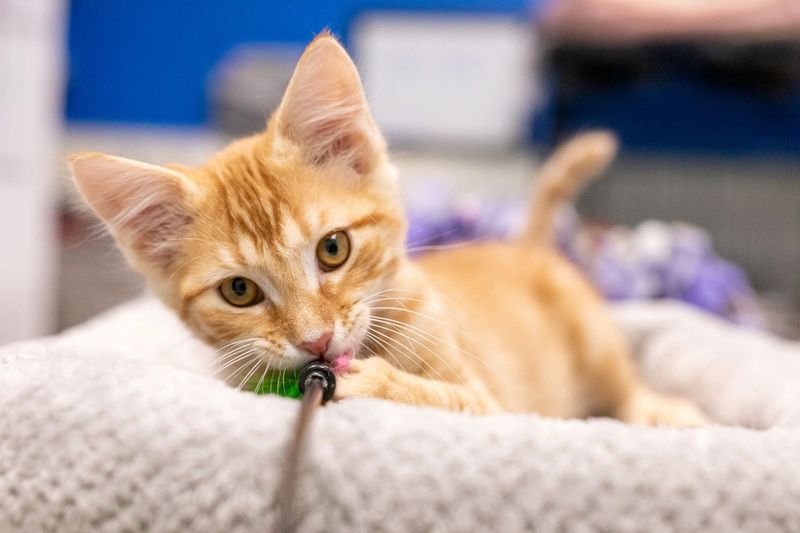📖 Table of Content:
Across America, thousands of cats sit in shelters hoping for forever homes. These feline friends come in all shapes, sizes, and personalities, yet many wait months or even years to be adopted. While all states have cats needing homes, some areas face particularly high numbers of homeless cats due to various factors, including population density, spay/neuter practices, and local resources. Let’s look at which states have the most cats still waiting for adoption.
1. California
California tops the list with the highest number of shelter cats awaiting adoption nationwide. The state’s massive population contributes to the problem, with urban centers like Los Angeles and San Francisco seeing particularly high surrender rates.
Weather conditions allow for year-round breeding, creating continuous influxes of kittens into already crowded shelters. Many facilities operate at maximum capacity throughout the year.
Despite strong animal welfare laws and numerous rescue organizations, California shelters struggle to keep pace with the number of incoming cats versus adoption rates. Some counties report euthanasia rates decreasing, but thousands of cats still need homes.
2. Texas
The Lone Star State ranks second for cats awaiting adoption, with its combination of rural areas and major metropolitan regions creating a perfect storm for feline homelessness. Rural communities often lack access to affordable spay/neuter services, contributing to uncontrolled breeding.
Houston and Dallas shelters frequently operate beyond capacity, especially during kitten season from spring through fall. Many facilities implement innovative programs like barn cat initiatives for less socialized felines.
Texas rescue groups work tirelessly to transport cats to states with higher adoption rates and fewer homeless pets. The state’s size and diverse population present unique challenges for coordinating widespread adoption efforts.
3. Florida
With its mild climate, Florida experiences year-round kitten births, which quickly overwhelm local shelters. The situation is compounded when older pet owners—common in the state—can no longer care for their animals.
Coastal areas face additional challenges during hurricane season when evacuation leads to increased abandonment rates. Many shelters implement emergency protocols during these times to accommodate the surge.
Some Florida counties have implemented community cat programs to humanely manage feral populations through trap-neuter-return initiatives. Despite these efforts, adoption rates haven’t kept pace with the number of cats entering the shelter system, leaving thousands waiting for homes.
4. New York
In crowded urban areas like New York City, strict pet policies in apartment buildings often lead to cat surrenders during relocations. Harsh winters only worsen the issue, as outdoor cats seek shelter from the cold.
Upstate regions face different issues, with rural areas experiencing high feral cat populations due to limited access to veterinary services. Shelter resources vary dramatically between affluent and economically disadvantaged counties.
The state has pioneered innovative adoption programs, including cat cafés and corporate sponsorships. However, intake numbers continue to outpace adoptions, particularly for adult and senior cats who often wait months longer than kittens for permanent homes.
5. Illinois
Chicago drives Illinois’ high shelter cat population, with the city’s dense urban environment contributing to significant numbers of strays and surrenders. Winter weather creates survival challenges for outdoor cats, leading to increased intake during colder months.
Rural counties throughout the state report overwhelmed farm cat populations that exceed adoption demand. Many facilities have implemented working cat programs to place less socialized felines in barns, warehouses, and other locations needing rodent control.
Illinois shelters have pioneered senior-to-senior adoption programs, matching older cats with elderly residents at reduced fees. Despite creative initiatives, thousands of cats remain in shelters across the state, particularly black cats and those with special needs.
6. Pennsylvania
With both urban hubs and quiet countryside, Pennsylvania faces unique cat rescue issues. Philadelphia shelters regularly hit capacity, and rural regions often have few resources for controlling overpopulation.
The state’s industrial history has left many abandoned buildings that have become homes to feral cat colonies. These populations can quickly grow beyond control without intervention.
Many Pennsylvania shelters have implemented trap-neuter-return programs to humanely manage community cat populations. Adoption events at farmers markets and community festivals help increase visibility for cats needing homes, but thousands still wait in shelters across the state, particularly adult cats with medical needs.
7. Ohio
Economic struggles in many Ohio communities—especially those hit by the decline in manufacturing—have led to a rise in pet surrenders. In rural areas, limited access to affordable vet care and unchecked breeding make the situation even more difficult.
Cleveland, Cincinnati, and Columbus shelters frequently operate at capacity, particularly during summer months. Many facilities have implemented foster programs to create more space and provide socialization for shy cats.
The state has seen success with cross-shelter cooperation, with rural facilities transferring cats to urban centers with higher adoption rates. Despite these efforts, Ohio continues to have one of the highest populations of shelter cats awaiting adoption, with thousands still needing homes.
8. Michigan
Fluctuating economic conditions across Michigan have made it harder for families to keep their pets, resulting in more surrenders. In cities like Detroit, shelters face serious strain due to constant intake and limited support.
Rural northern counties report overwhelming feral cat populations that shelters struggle to manage. The state’s harsh winters create urgent needs for indoor placement during colder months.
Many Michigan shelters have developed innovative partnerships with local businesses to increase adoption visibility. Pet-friendly workplaces sometimes host “office cats” as a pathway to adoption. Despite creative approaches, thousands of cats remain in shelters statewide, with black cats and seniors waiting the longest for permanent homes.
9. North Carolina
As more people move to North Carolina, local shelters are seeing a surge in homeless cats—often surrendered due to rental housing rules. Rural regions face added pressure from scarce and costly spay/neuter options.
The state’s long breeding season creates multiple kitten waves annually that overwhelm local shelters. Many facilities implement innovative foster programs to manage the overflow, particularly during peak kitten months.
Hurricane evacuation zones face additional challenges during storm seasons when temporary displacement leads to increased abandonment. Despite strong volunteer networks and transport programs that move cats to areas with higher adoption demand, thousands of cats still await homes in shelters across North Carolina.
10. Georgia
With bustling cities and sprawling rural areas, Georgia faces complex issues in cat welfare. A warm climate means longer breeding seasons—and that means shelters are almost always dealing with new litters.
Rural counties often lack resources for comprehensive spay/neuter programs, leading to overwhelming community cat populations. Many facilities operate at maximum capacity year-round, with limited options for overflow.
The state has seen success with retail adoption centers in shopping areas, increasing visibility for cats needing homes. Transport programs regularly move cats to northern states with higher adoption demand. Despite these efforts, Georgia shelters continue to house thousands of cats awaiting adoption, with adult and special needs cats facing the longest waits.
